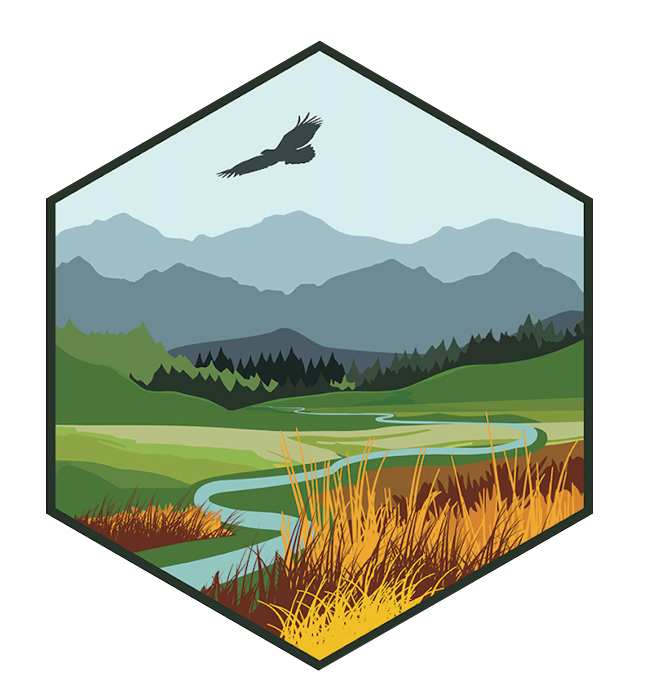The Sagebrush Climate Adaptation Menu: A Co-Produced Framework for Actionable Science
Date
Across the American West, sagebrush ecosystems are confronting accelerating climate pressures, including hotter temperatures, altered fire regimes, invasive annual grasses, and shifting moisture patterns that reshape plant communities and wildlife habitat. In the North Central region of the United States, these challenges are especially urgent. This landscape represents one of the last large strongholds of intact sagebrush, a refugia where conservation and climate adaptation remain critical.
As a response to these challenges, NC CASC has created a working group focused on synthesizing sagebrush science. Scientists have been working closely with Tribal partners, federal and state agencies, researchers, and land managers to develop the Sagebrush Climate Adaptation Menu, a new, co-produced resource designed to help practitioners navigate current and future climate-driven ecological change. The project emerged from a series of collaborative workshops, where partners analyzed climate projections, ecological pathways, and management constraints to identify adaptation strategies grounded in both science and lived experience.
“Anchored by the presence of a variety of sagebrush species, this landscape covers roughly 133 million square miles - about the size of New Mexico - though, historically, it stretched across an area nearly as large as Texas (239 million square miles). Ranging all the way from California to the very edge of the Dakotas, it’s a water-scarce landscape that sometimes looks more like a desert than a shrubland,” says Elizabeth Woolner, a PhD student at the University of Colorado Boulder working at the intersection between research, the public, and land management communities. She was a summer graduate research assistant that worked on the North Central Climate Adaptation Science Center’s (NC CASC) Rapid Climate Assessment Program (RCAP) project, focused on sagebrush adaptation management strategies through development of a Sagebrush Climate Adaptation Menu.
The menu aligns with the NC CASC’s mission to provide actionable, climate-informed strategies. It builds on the center’s scenario-based climate planning, Resist-Accept-Direct (RAD) applications, and climate-ecological vulnerability assessments, but also advances them by offering a structured set of adaptation options that managers can tailor to their own sagebrush landscapes. Imtiaz Rangwala, lead climate scientist at NC CASC says, “It has been energizing to work with experts to co-produce a resource that directly addresses the complexities of sagebrush conservation. Developing the Sagebrush Climate Adaptation Menu has significantly expanded the tools and approaches we use at NC CASC to support climate-informed land management.”
The complexities of sagebrush conservation are substantial and compounded by other climate-driven changes. Wildfire frequency is increasing; invasive cheatgrass is expanding its foothold; and climate-driven vegetation shifts are altering habitat for sage-dependent species such as sage-grouse and pronghorn. These pressures make climate adaptation beneficial but also essential for maintaining sagebrush ecosystems over the coming decades. “The Sagebrush project has been an exceptionally exciting effort for me,” Rangwala continues. “It has created a rare opportunity to bring together a broad suite of partners, collaborators, scientists, and practitioners to focus on one of the most critical sagebrush habitats in the western United States. I’m truly excited about what this effort brings to our broader mission and hopeful that the products of this project will make a meaningful and lasting contribution to sagebrush management in the North Central region.”
As the adaptation menu moves toward release, it offers a timely, flexible, and community-built resource. It will strengthen managers’ capacity to make informed decisions and help safeguard one of the West’s most iconic and vulnerable ecosystems.


